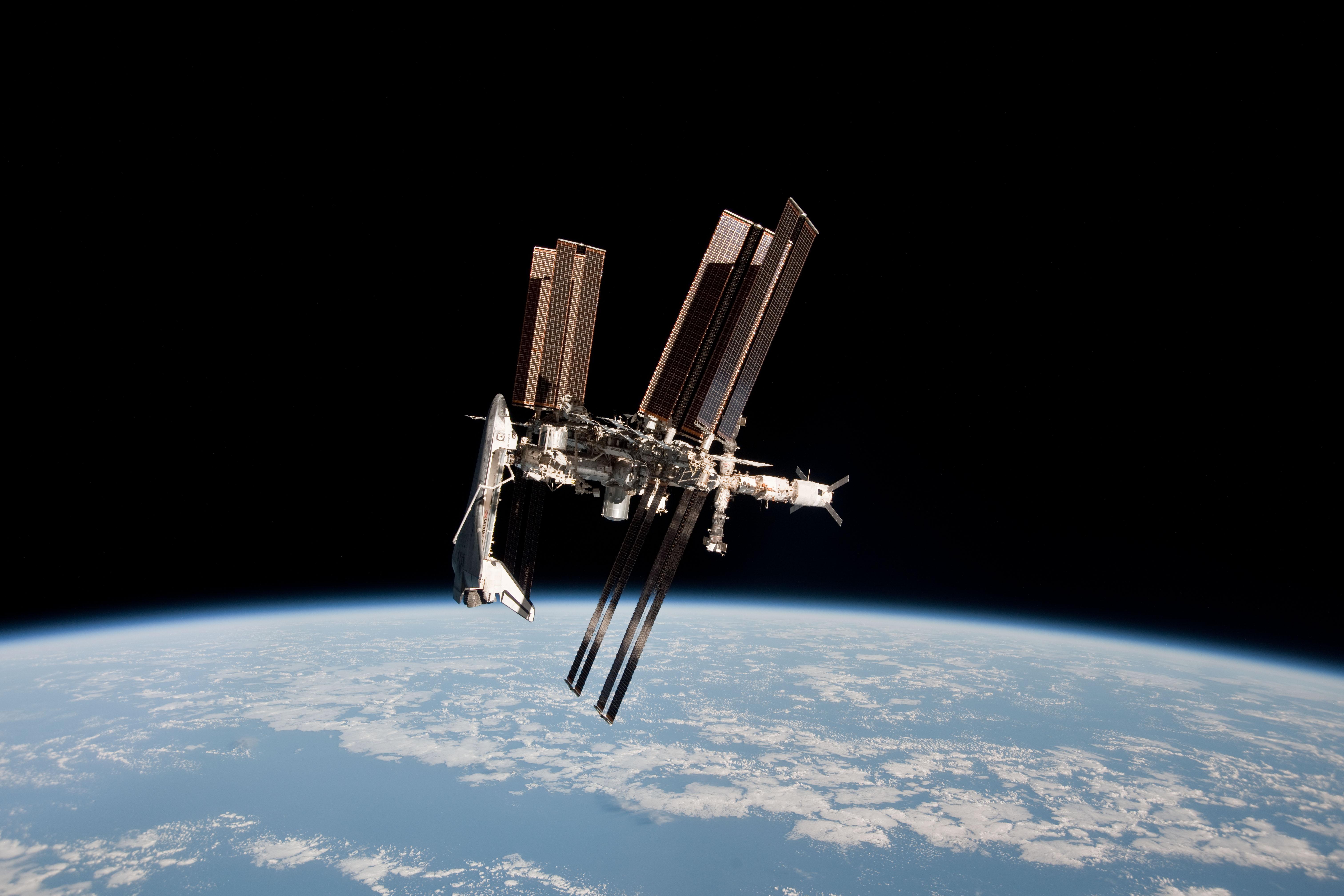
Daily Archives: May 23, 2023
23 May 2011
23 May 2000
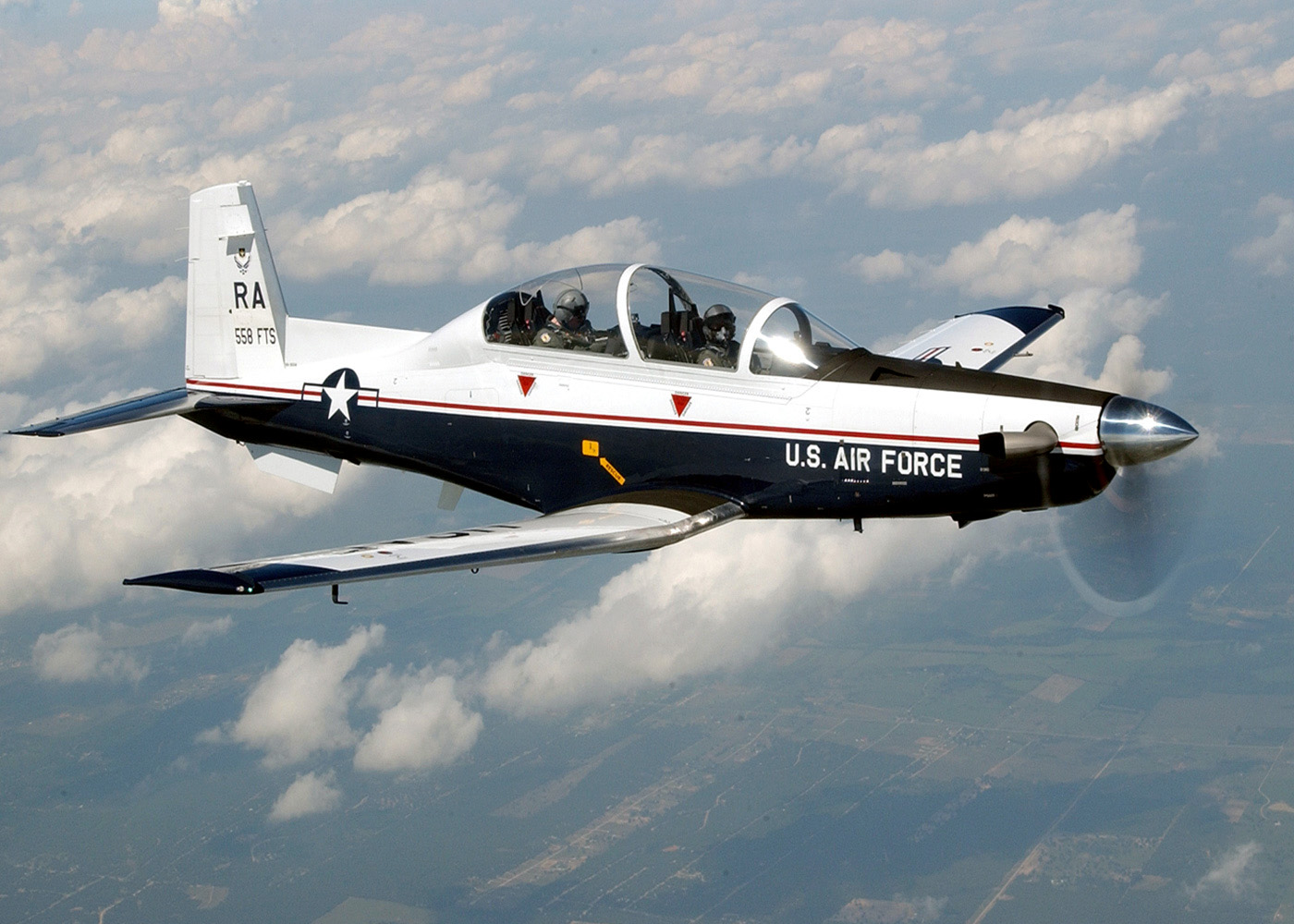
![]() 23 May 2000: The United States Air Force received its first Beechcraft T-6A Texan II primary trainer at Randolph Air Force Base, San Antonio Texas. It is a militarized version of the Pilatus PC-9. The cockpit has a full digital “glass cockpit” instrument panel and is equipped with ejection seats for the student and instructor.
23 May 2000: The United States Air Force received its first Beechcraft T-6A Texan II primary trainer at Randolph Air Force Base, San Antonio Texas. It is a militarized version of the Pilatus PC-9. The cockpit has a full digital “glass cockpit” instrument panel and is equipped with ejection seats for the student and instructor.
The Texan II is named after the World War II-era North American Aviation AT-6 Texan, which was the advanced trainer used by the United States military from 1940 to 1955. The T-6A is used as a primary trainer by both the U.S. Air Force and the U.S. Navy.
The Texan II is a two-place, single engine low-wing monoplane with retractable tricycle landing gear. It is 33 feet, 4 inches (10.160 meters) long with a wingspan of 33 feet, 5 inches (10.185 meters) and height of 10 feet, 8 inches (3.251 meters). It has an empty weight of 4,707 pounds (2,135 kilograms), gross weight of 6,300 pounds (2,858 kilograms) and maximum takeoff weight of 6,500 pounds (2,948 kilograms).
![]() The airplane is powered by a Pratt & Whitney Canada PT6A-68 turboprop engine which produces 1,100 shaft horsepower and drives a 4-bladed Hartzell propeller.
The airplane is powered by a Pratt & Whitney Canada PT6A-68 turboprop engine which produces 1,100 shaft horsepower and drives a 4-bladed Hartzell propeller.
The Texan II has a cruise speed of 320 miles per hour (515 kilometers per hour), service ceiling of 31,000 feet (9,449 meters) and range of 1,036 miles (1,667 kilometers).
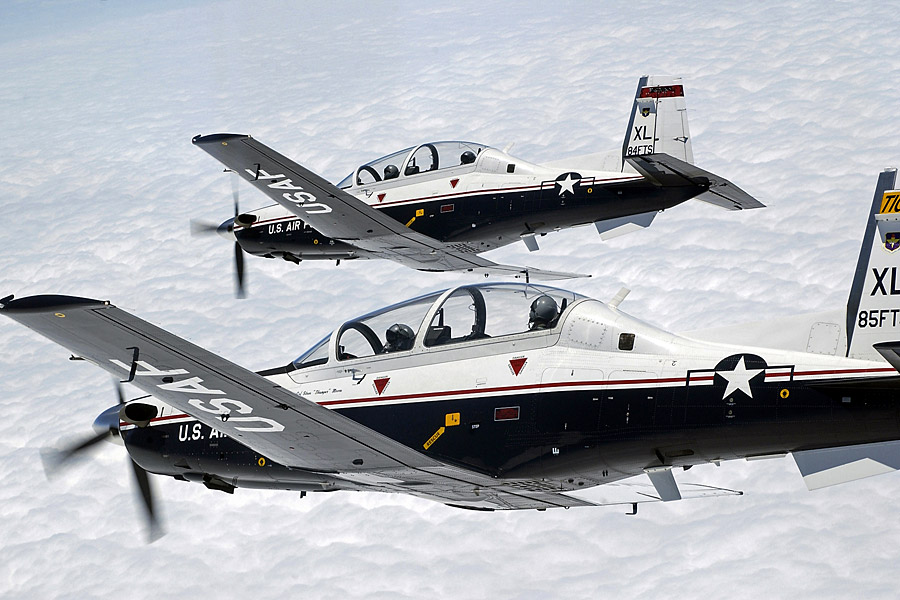
© 2017, Bryan R. Swopes
23 May 1953
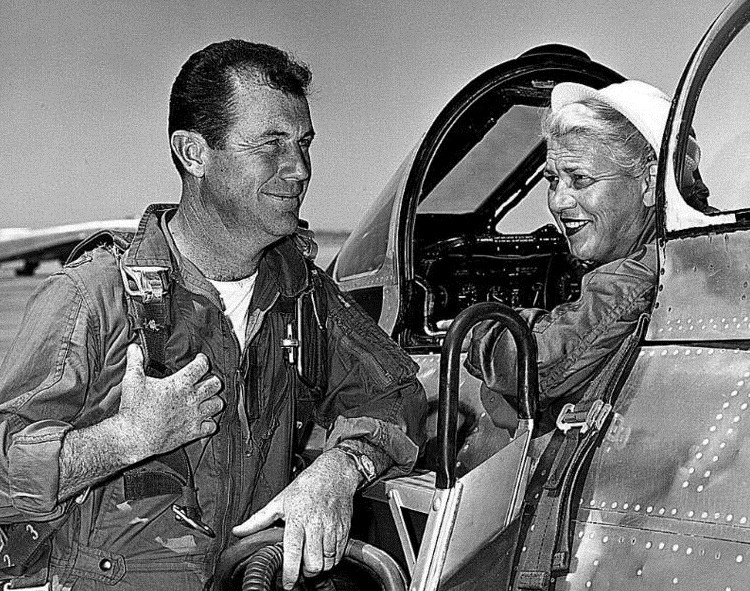
 23 May 1953: At Edwards Air Force Base, California, Jackie Cochran set another Fédération Aéronautique Internationale (FAI) speed record with the Canadair CL-13 Sabre Mk.3, No. 19200. Flying over a 500-kilometer closed circuit without payload, the Orenda-powered Sabre averaged 952.032 kilometers per hour (591.565 miles per hour). ¹
23 May 1953: At Edwards Air Force Base, California, Jackie Cochran set another Fédération Aéronautique Internationale (FAI) speed record with the Canadair CL-13 Sabre Mk.3, No. 19200. Flying over a 500-kilometer closed circuit without payload, the Orenda-powered Sabre averaged 952.032 kilometers per hour (591.565 miles per hour). ¹
The following week a morning opened up with conditions satisfactory, except for a fifteen-knot wind, and I went around the course five times for a 500-kilometer record of 590 miles per hour. The plane, without the carrying of external tanks, had fuel for only seventeen minutes of full-power low-altitude flying, so for this longer run I had to carry the external tanks, which slowed the airplane down by about 40 miles per hour. Even so, I only had fuel for twenty-seven minutes of full-power flying, which was insufficient, so I had to make the runs pulling 94 per cent of full power rather than full power. I landed on the dry lake bed just as I did after the 100-kilometer run and again with two minutes of fuel remaining.
—The Stars at Noon, by Jacqueline Cochran, Little, Brown and Company, Boston, 1954, Chapter XII, at Pages 230–231.
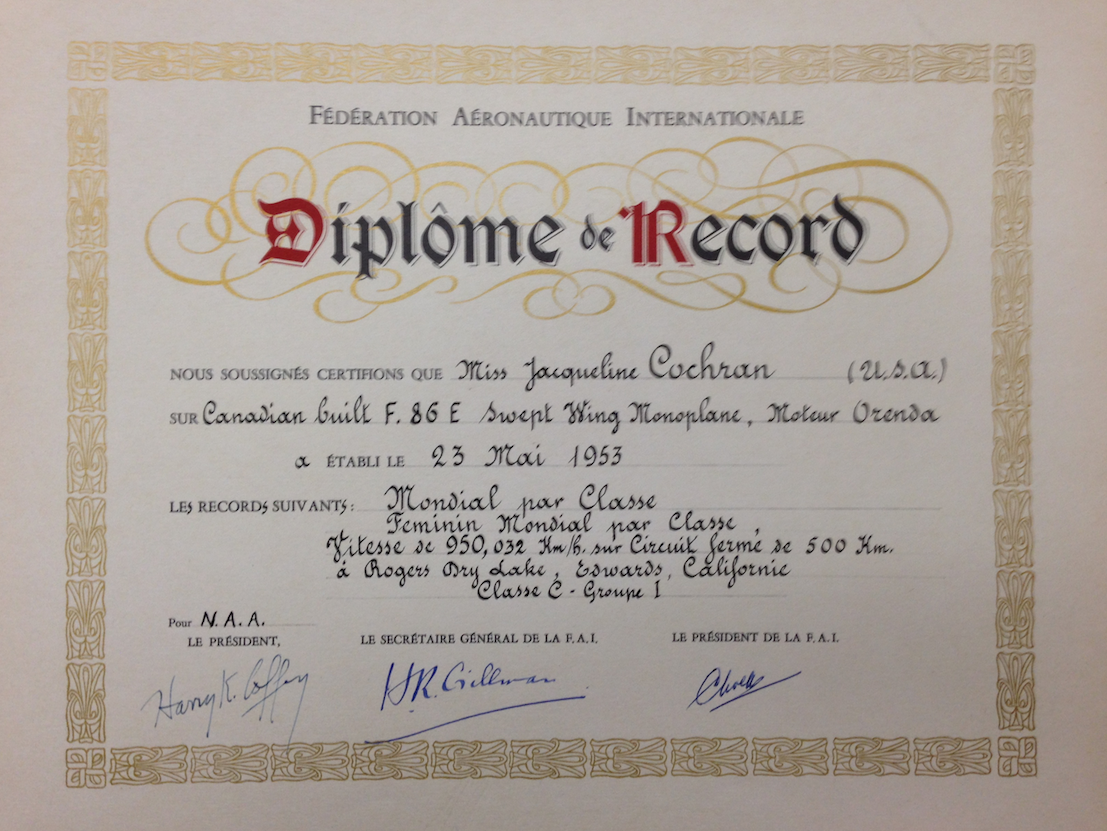
During May and June 1953, Cochran, a consultant to Canadair, flew the Sabre Mk.3 to FAI records over the 15/25 kilometer straight course, the 100-kilometer closed circuit, the 500-kilometer closed circuit and to an altitude record of 14,377 meters (47,168.635 feet). She was the first woman to “break the Sound Barrier” when she flew No. 19200 to Mach 1.04.
 The Canadair Sabre Mk.3 was a one-of-a-kind CL-13 Sabre (an F-86E Sabre manufactured by Canadair Ltd. under license from North American Aviation, Inc.) built to test the prototype Avro Canada Gas Turbine Division Orenda 3 engine. Modifications to the F-86 airframe were required to install the new, larger engine.
The Canadair Sabre Mk.3 was a one-of-a-kind CL-13 Sabre (an F-86E Sabre manufactured by Canadair Ltd. under license from North American Aviation, Inc.) built to test the prototype Avro Canada Gas Turbine Division Orenda 3 engine. Modifications to the F-86 airframe were required to install the new, larger engine.
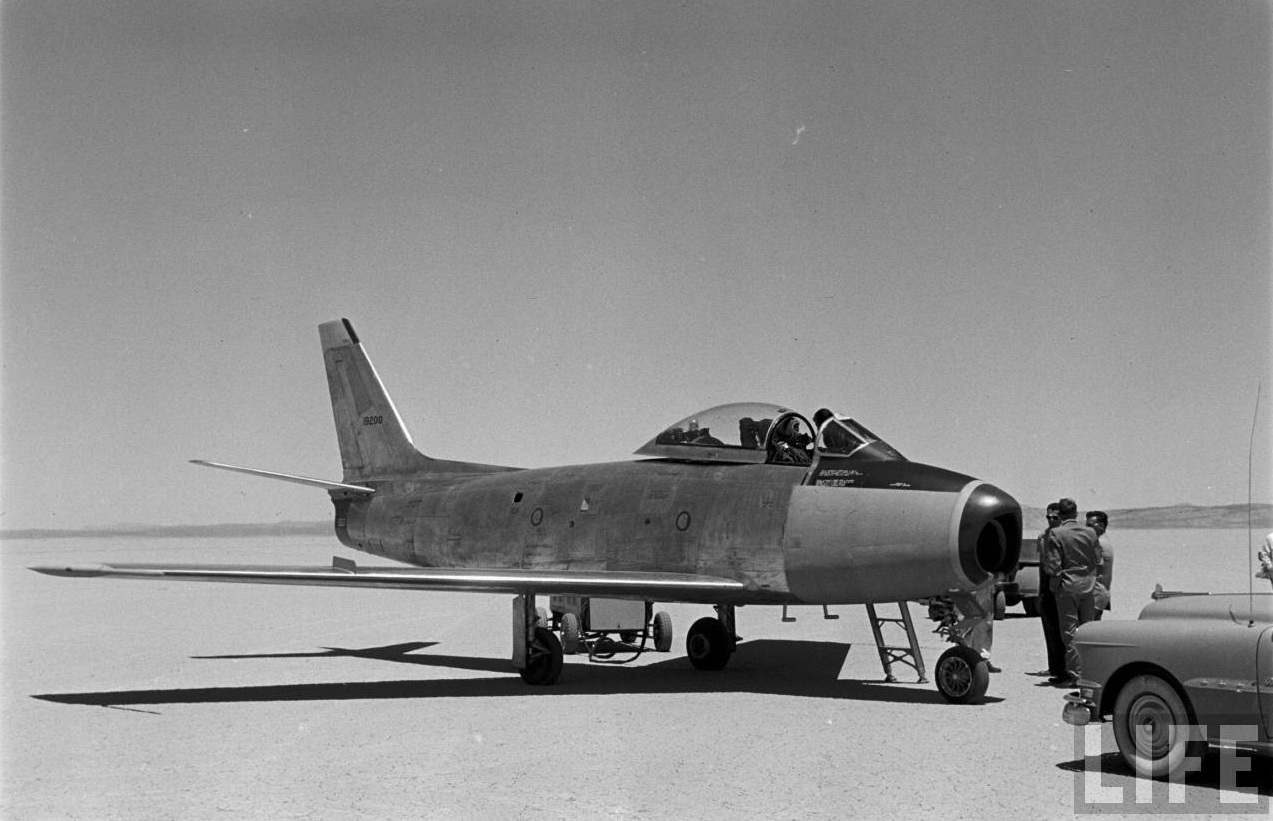
![]() The Orenda 3 was an axial-flow turbojet engine with a 10-stage compressor, six combustion chambers and single-stage turbine. It produced 6,000 pounds of thrust (16.69 kilonewtons), a 15% improvement over the General Electric J47-GE-13 installed in the standard F-86E. The Orenda was 121.3 inches (3.081 meters) long, 42 inches (1.067 meters) in diameter and weighed 2,650 pounds (1,202 kilograms).
The Orenda 3 was an axial-flow turbojet engine with a 10-stage compressor, six combustion chambers and single-stage turbine. It produced 6,000 pounds of thrust (16.69 kilonewtons), a 15% improvement over the General Electric J47-GE-13 installed in the standard F-86E. The Orenda was 121.3 inches (3.081 meters) long, 42 inches (1.067 meters) in diameter and weighed 2,650 pounds (1,202 kilograms).
Canadair Ltd. was an aircraft manufacturer located at Cartierville, Montreal, Canada, owned by the American submarine builder, Electric Boat Company. Canadair also built licensed versions of the Douglas DC-4 (powered by Rolls-Royce Merlin engines) and the Lockheed T-33 two-place jet trainer. In 1954, the company became a part of General Dynamics.
After the speed records, No. 19200 was sent to North American Aviation for evaluation. Today, it is on static display outdoors at Wetaskiwin Regional General Airport (CEX3), Alberta, Canada.
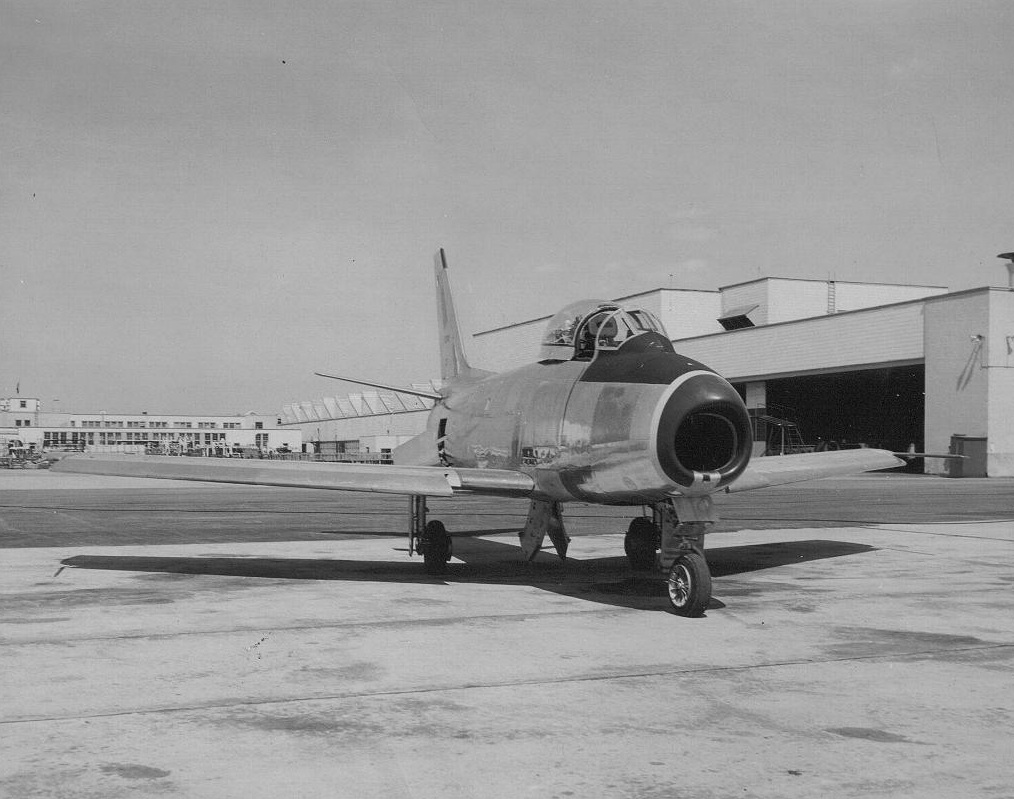
¹ FAI Record File Number 9075
© 2018, Bryan R. Swopes
23 May 1937
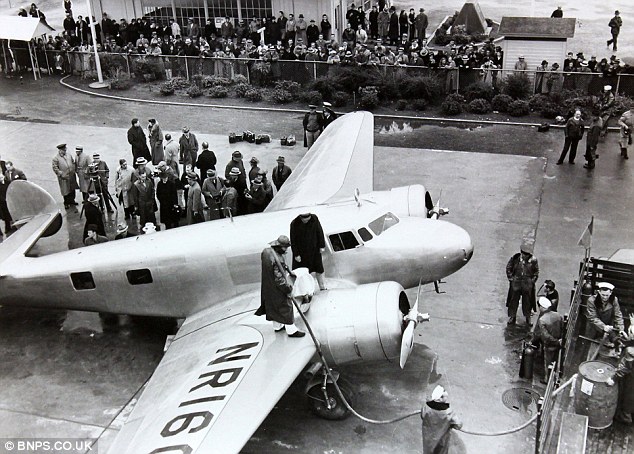
![]() 23 May 1937: Amelia Earhart and her navigator, Fred Noonan, her husband, George Palmer Putnam, and aircraft mechanic Ruckins D. “Bo” McKinney, arrive at Miami, Florida, aboard her Lockheed Electra 10E Special, NR16020. This completed the fourth leg of her second attempt to fly around the world.
23 May 1937: Amelia Earhart and her navigator, Fred Noonan, her husband, George Palmer Putnam, and aircraft mechanic Ruckins D. “Bo” McKinney, arrive at Miami, Florida, aboard her Lockheed Electra 10E Special, NR16020. This completed the fourth leg of her second attempt to fly around the world.
. . . on Sunday morning, May 23, headed on southeastward for Miami. From New Orleans we laid a straight course across the north-easterly “corner” of the Gulf of Mexico to Tampa, a matter of about 400 miles. It was Bo’s first considerable over-water flying and I am not sure he was very enthusiastic about it. That Sunday afternoon we reached Miami, and dug in for a week of final preparation, with the generous aid of Pan American personnel.
— Amelia Earhart
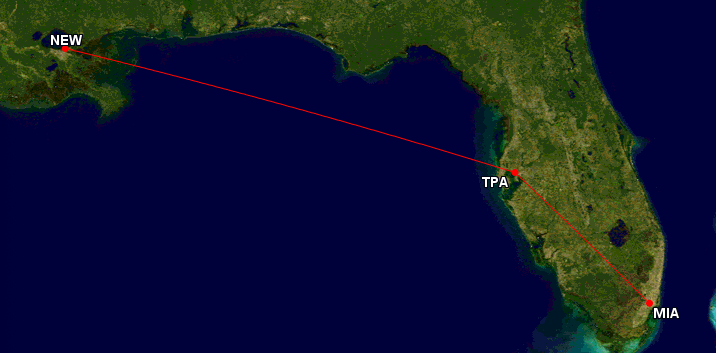
The Miami Tribune reported:
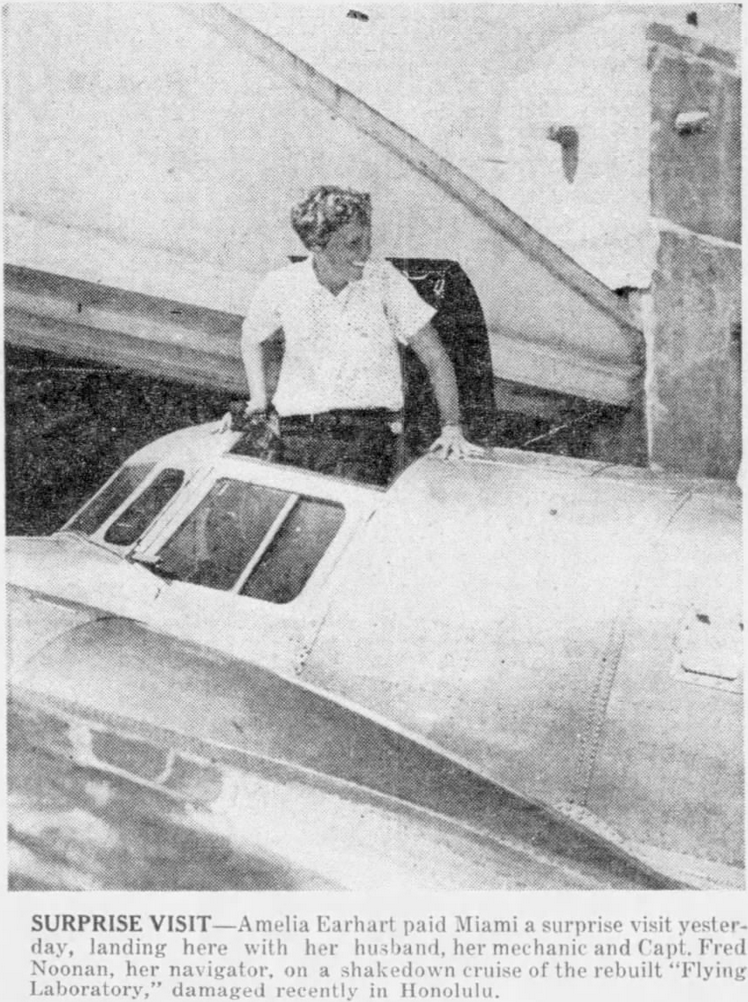 —Miami Tribune, Vol. IV, No. 191, Monday, 24 May, 1937, Page 1
—Miami Tribune, Vol. IV, No. 191, Monday, 24 May, 1937, Page 1
AMELIA EARHART PAYS MIAMI SURPRISE VISIT IN ‘LABORATORY’
Amelia Earhart, world famous flyer, paid Miami a surprise visit yesterday, landing at the 36th st. airport at 2:43 p.m. in her “Flying Laboratory,” 4 hours and 31 minutes out of New Orleans on a shakedown cruise for the plane, which had just been rebuilt after its crash in Honolulu on a projected world flight.
Miss Earhart was accompanied by her publisher-husband, George Palmer Putnam. Capt. Fred Noonan, her navigator on the trip that ended in Honolulu on March 20 when a tire was blown in an attempt to takeoff at Luke field after a record breaking flight from the American mainland and by her mechanic, “Bo” Mc-Kneeley.
Other members of the welcoming committee were David Putnam, manager of the Fort Pierce airport, and his wife. David is Putnam’s son by a former marriage. The younger Putnam’s had been informed earlier of the pending arrival, but had not made their information public.
Miami’s first news of her arrival came a little more than an hour before her landing when a radio message was received at Pan American Airways. George Hussey, chairman of the mayor’s reception committee, and R. V. Waters, president of the Greater Miami Airport association, hurried to the field to greet the celebrated arrivals, and to invite Miss Earhart to appear in Bayfront park tonight at the city’s welcome for Capt. Dick Merrill and Jack Lambia. The invitation was accepted.
“We’re just out on a shakedown trip,” Miss Earhart said. “Miami wasn’t on our route as originally planned, but on reaching New Orleans we decided to continue the trip and visit David.
“We crossed the Gulf, and with the navigation of Captain Noonan, hit Tampa squarely on the nose and within one minute of the time he said he would be over the city, and when one considers wind drift, that’s pretty good navigation. We expect to stay here two or three days.”
All of the facilities of the 36th st. airport being taxed with Eastern Airlines planes, Miss Earhart stopped there but a few minutes, then hopped over to Municipal airport, where hanger space was arranged for her plane.
—Miami Tribune, Vol. IV, No. 191, Monday, 24 May, 1937, Page 3, Columns 2–4
© 2022, Bryan R. Swopes